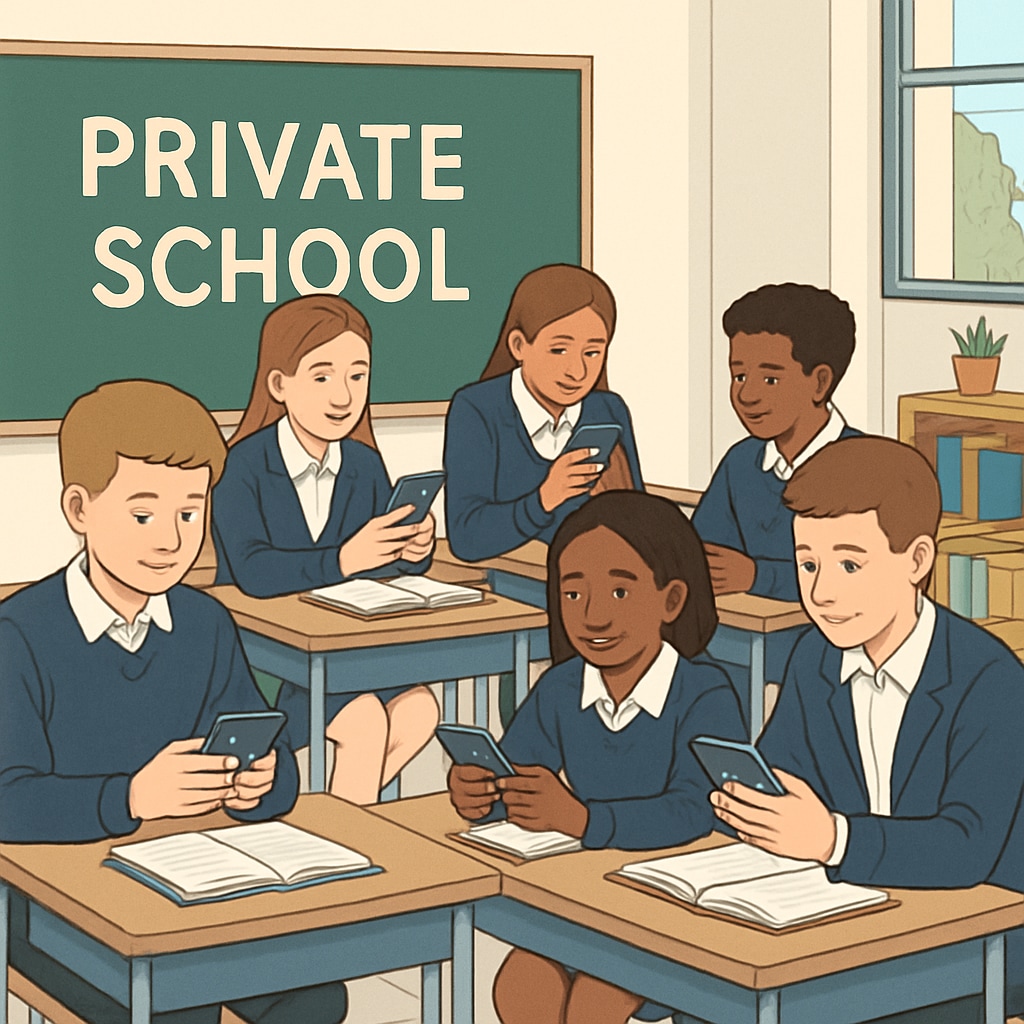In recent years, phone bans in public schools have become a growing trend across several U.S. states. These policies aim to create focused learning environments free from digital distractions. However, they have sparked heated debates among students, educators, and parents regarding their effectiveness and fairness. Interestingly, while public schools increasingly adopt phone bans, private schools often implement more flexible policies. This divergence raises important questions about the impact of such bans and how to strike a balance between fostering academic success and respecting student autonomy.
Why Are Phone Bans Gaining Traction in Public Schools?
Public schools are at the forefront of implementing phone bans due to concerns over declining academic performance and classroom disruptions. Research suggests that excessive phone use can negatively affect students’ attention spans and overall productivity. For example, a 2015 study published in the journal Education Economics indicated that banning phones in schools significantly improved test scores, particularly for low-achieving students.
Another critical factor driving these bans is the growing issue of cyberbullying. By limiting phone access during school hours, administrators hope to reduce instances of online harassment and create a safer environment for all students. Yet, opponents argue that such policies may overlook the benefits of digital tools in education, such as research apps, online collaboration platforms, and interactive learning aids.

Private Schools and Their Different Approach
Unlike public schools, private institutions often adopt more lenient or nuanced policies regarding phone usage. Many private schools emphasize teaching students how to use technology responsibly rather than outright banning it. This difference stems from the greater flexibility private schools have in shaping their curricula and policies, as they are less bound by state mandates.
For example, some private schools integrate smartphones into their teaching methods, using apps to enhance engagement in subjects like science and mathematics. Others establish “phone zones” where students can access their devices during breaks but not in classrooms. This approach aligns with a broader philosophy of preparing students for the digital world while maintaining discipline.
However, critics of these flexible policies argue that they may inadvertently widen the digital divide. Public school students, particularly those from underprivileged backgrounds, might miss out on the opportunity to develop responsible tech habits compared to their private school counterparts.

Balancing Academic Focus and Student Rights
One of the biggest challenges in implementing phone bans is balancing the need for a distraction-free academic environment with respecting students’ rights and autonomy. Advocates for phone bans believe that removing devices from the equation levels the playing field and encourages face-to-face interactions. However, critics argue that such policies may feel punitive and fail to address the root causes of distraction or disengagement.
Moreover, the outright ban of smartphones can pose challenges for students who rely on their devices for legitimate reasons, such as managing medical conditions or staying in touch with family during emergencies. Policymakers must consider these nuances when designing and enforcing bans.
- Clear Communication: Schools should clearly define the purpose and scope of their phone policies to avoid misunderstandings.
- Incorporating Feedback: Students, parents, and teachers should be involved in discussions about digital device rules to ensure fairness.
- Promoting Digital Literacy: Instead of outright bans, schools can focus on teaching students when and how to use phones responsibly.
Looking Ahead: What Can Schools Learn from Each Other?
The divide between public and private schools highlights the need for a middle ground in addressing phone usage. Public schools could explore flexible policies that incorporate digital tools into the curriculum while maintaining control over their use. Conversely, private schools might benefit from adopting stricter guidelines in situations where phone usage becomes detrimental to learning outcomes.
Ultimately, the goal is to create an educational environment that prepares students for the challenges of the 21st century. By fostering digital literacy and responsible phone use, schools can empower their students to succeed academically and socially.
Conclusion: As the debate over phone bans continues, schools must carefully weigh the pros and cons of their policies. Public and private schools can learn from each other’s approaches to strike a balance that benefits students, respects their rights, and fosters a conducive learning environment.


